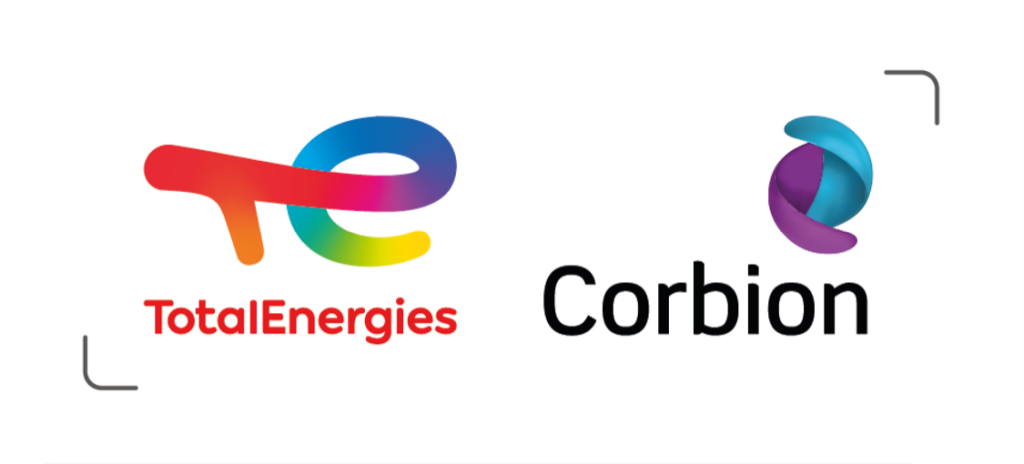8 May 2025
From Waste to Worth: What Cedar Grove Teaches Us About Composting and Community
Celebrating International Compost Awareness Week
By Joe Jankowski, TotalEnergies Corbion
Before SPC Impact kicked off in Seattle this year, we had the chance to take a closer look at what happens to the food scraps, yard waste, and compostables many of us discard daily—and we walked away deeply impressed.
My colleague Laurent Daligault and I joined a tour of the Cedar Grove composting facility, a local leader in waste diversion and community education. What we saw was not just a technical process, but a powerful example of circularity in action.
Cedar Grove processes more than 350,000 tons of organic material every year, keeping waste out of landfills and instead turning it into something of value: nutrient-rich compost.
Their method? An in-vessel covered aerated static pile system using Gore® technology. It is designed to speed up composting while controlling odor which is no small feat for a facility located near residential neighborhoods.
In just 49 days the waste goes from collection to finished compost. It is screened, stable, and ready for use with an impressively low contamination rate of less than 0.2% pollution. They stage their compost for anywhere from 12 to 18 months to ensure quality. Cedar Grove sells its compost online at by the bag or the yard enabling Washington residents to close the loop from waste to resource.
What impressed us just as much as its scale and efficiency was Cedar Grove’s commitment to education. In local schools, they help students learn how to sort compostables, explain how the process works, and even donate 10 yards of compost back to the schools.
Showing children the result of their sorting efforts bloom in gardens and other green spaces is an inspiring, hands-on way to teach circularity so it is not just in theory but a real community benefit. Another reenforcing point was that Cedar Grove accepts compostable packaging and share that they love PLA items because they biodegrade very well in their process.
We also visited the University of Washington, where Cedar Grove collects food waste from dining halls. This collaboration ensures that uneaten meals become soil-building compost that capture greenhouse gases rather than methane-emitting landfill. As we watched students sorting waste, it reminded us that the success of composting isn’t just about systems. It’s about education, participation, and awareness.
Special thanks to Sierra Arredondo, Cedar Grove’s Outreach Coordinator, and the entire team who led us through the site. The tour was an eye-opener and a perfect kickoff to International Compost Awareness Week.
Industrial composting, when paired with community engagement, creates impact far beyond the facility gates. Another shout out goes to Daimon Eklund of University of Washington’s Director of Communications who, along with the other folks we met at various stages of the tour, shared really openly what the University, its students, faculty, and facilities have to offer!
At TotalEnergies Corbion, we believe that every step toward circularity counts — and what we saw at Cedar Grove reinforced the power of composting as both a technical solution and a social movement. During this week, let’s celebrate not just compost, but the people and systems that make it work.
Here’s a peak into the composting process at Cedar Grove:
Organic waste arrives at the facility
The waste gets screened and processed:
After sorted and checked for metal, the compost goes through an 8-week process where it is covered, transferred, and cured
Now, the compost is ready to be used
